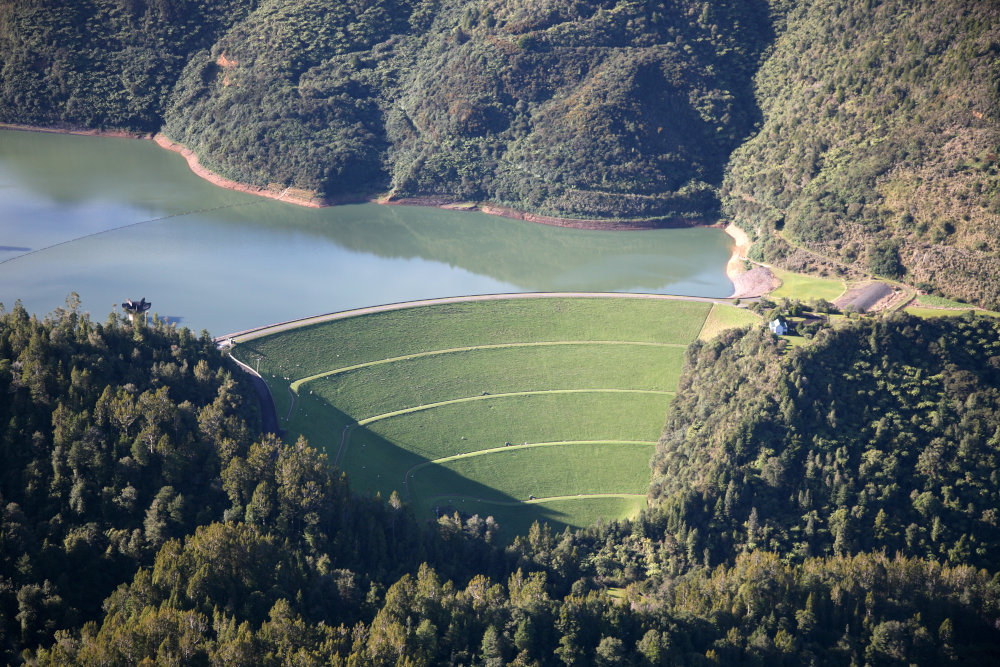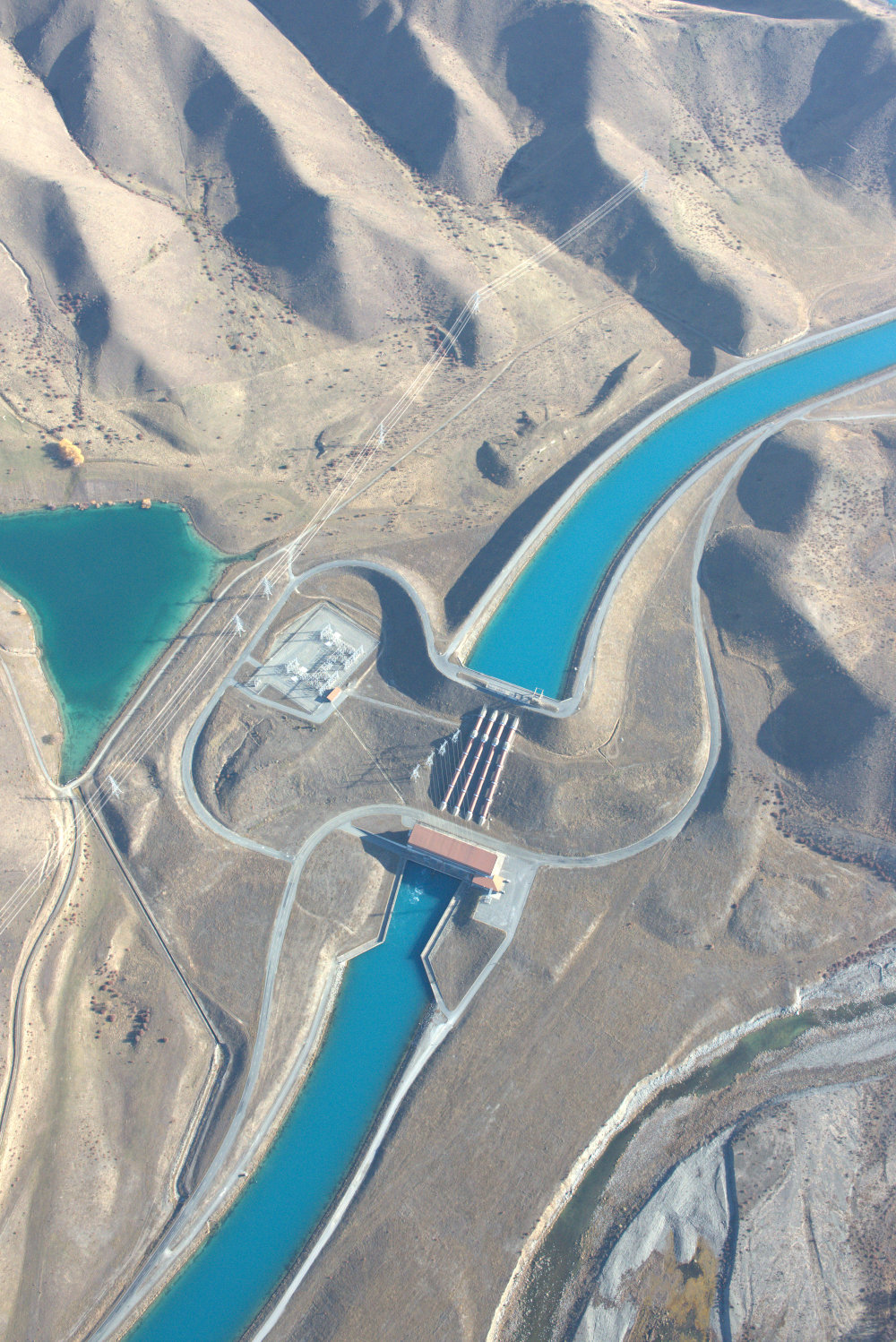New Zealand has new dam safety regulations. We can help you understand them and get prepared.
The New Zealand Dam Safety Regulations came into effect on May 13th, 2024, and affects dam owners with classifiable dams. Dam owners first need to determine if they have a classifiable dam. The regulations describe the threshold for a classifiable dam as 4 metres or higher with a volume of 20,000m³ or more.

1. Classifiable dam threshold, from the Dam Safety Guidance document, MBIE - Building Services Branch.

The Potential Impact Classification (PIC)* of the classifiable dam determines different actions for the dam owner. The process for identifying responsibilities of dam owners is shown in the diagram below.

2. Summary of the dam owner's actions, from the Dam Safety Guidance document, MBIE, Building Services Branch.
The new regulations have assigned timeframes for the submission of the PIC assessment, Dam Safety Assurance Programme (DSAP)** for medium and high PIC dams and the annual Dam Compliance Certificate. A summary of the timeframes is shown below:



If you are already following industry recommended practice / NZ Dam Safety Guidelines, you may already be meeting most of your obligations as a dam owner. Dam Safety Intelligence was a leading consultant in developing the dam safety regulations with MBIE and is well placed to assist dam owners with Dam Safety Assurance Programme (DSAP)/Form 2 and Form 3 preparations and certifications as the industry embraces regulatory compliance.
For further resources on the regulations please visit the MBIE website and the Dam Safety Guidance document.
* Potential Impact Classification (PIC): “The classification of a dam reflects the potential impact its failure could have on the community, historical or cultural places, critical or major infrastructure, and the natural environment.”
** Dam Safety Assurance Programme (DSAP): “A DSAP should be appropriate to the nature of the dam, including the design and construction type of the dam, its potential failure modes, its potential and confirmed dam safety deficiencies, as well as its potential impact classification.”
